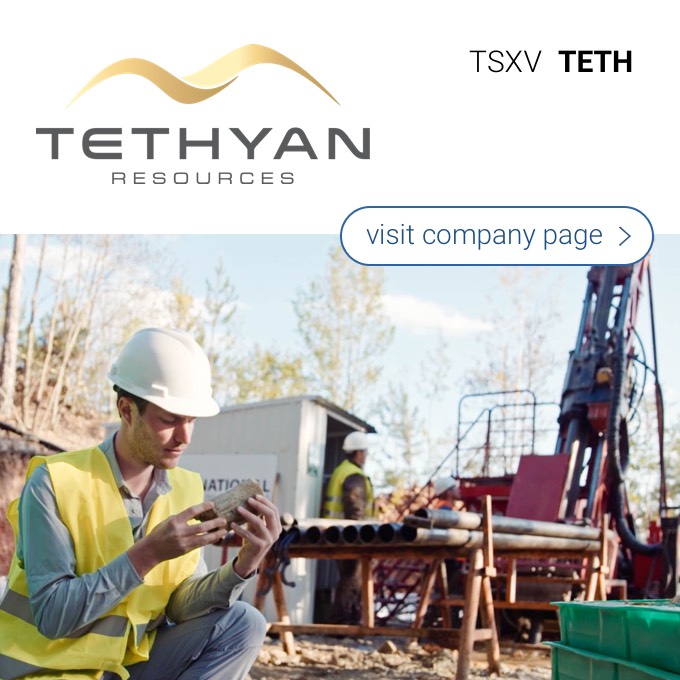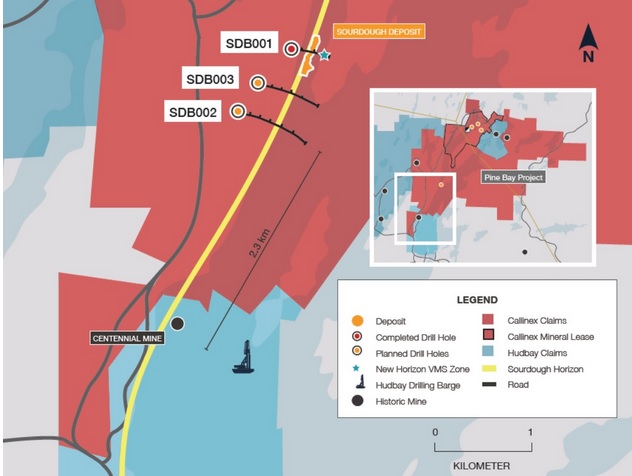Integra Gold (ICG.V; ICGQF.OTCQX) hasn’t disappointed a single investor in the past 14 months as its share price has more than doubled since we first visited the company’s flagship gold project in Val-d’Or, Québec. When the company closed the acquisition of the Sigma mill which is located literally across the road, we were anticipating a huge reduction in the company’s production cost as processing the ore themselves will be much cheaper than the toll milling scenario.
[download_link link=”http://caesarsreport.com/freereports/CaesarsReport_2015-03-24.pdf” variation=”blue”] DOWNLOAD REPORT [1.4MB][/download_link]
[download_link link=”http://caesarsreport.com/freereports/CaesarsReport_2015-03-24.pdf” variation=”blue”] DOWNLOAD REPORT [1.4MB][/download_link]
[fancy_header3]TEXT VERSION[/fancy_header3]
[margin20]
An updated PEA – comparing numbers
Right after Integra Gold closed the deal to acquire the 2,200 tonnes per day Sigma mill in Val-d’Or, the company promised to release an updated Preliminary Economic Assessment to incorporate the potential cost savings.
The final outcome was amazing. Both the capital expenditures and the operating expenditures dropped fast and the economics of the project remained quite robust using a gold price of C$1339/oz (which isn’t too aggressive as the current spot price expressed in Canadian Dollars is approximately C$1488/oz, adding an additional C$66M in pre-tax undiscounted cash flow to the Net Present Value).
As Integra Gold was able to reduce the initial capital expenditures to just C$62M (keep in mind this includes the income from pre-production stage gold sales so the actual number might vary). The additional cost of C$7.5M to refurbish the Sigma mill (which was placed on care and maintenance a few years ago) was compensated by a lower development cost and surface infrastructure expenses. There’s one caveat regarding the underground development expenses; the allowance for development activities as part of the sustaining capital expenditures has actually increased by C$24M to C$89M
That’s still not a problem as the all-in sustaining cost per ounce has actually decreased. Compared the first PEA which was released in April of last year, Integra Gold now expects to reduce its mining and processing cost by a stunning C$24 per tonne or C$105 per ounce. So despite the C$24M increase in sustaining capital expenditures, the all-in cost per ounce has dropped to C$731/oz resulting in a very healthy operating margin as the gold price is almost twice as high as the AISC per ounce.
And indeed, this results in a payback period of less than 2 years (and at the current USD/CAD exchange rate the capex could be repaid within 18 months). The after-tax NPV5% came in at C$113.5M which is a 28% increase compared to the first version. That’s already great, but we believe it will be extremely easy for Integra Gold to double the NPV of the project.
The upside potential which will very likely double the NPV
As said, the NPV calculation was based on a gold price of almost C$1340/oz, but the current spot price is trading at C$1470/oz. If we would include the higher gold price in our own model and use an average tax rate of 40%, an additional C$36M would be added to the after-tax NPV5%. So just by using the current spot price of gold would increase the value of Lamaque by another 30% without any additional effort required from the company.
But there’s more. The PEA was based on an old resource estimate and tens of thousands of meters of additional drilling have been completed since then. This resulted in an updated resource estimate which contained a substantial increase of the indicated resources and will undoubtedly increase the mine life from 4.5 years to 8.5 years if we also take the inferred resources into consideration.
Let’s now assume Integra Gold is indeed able to extend the mine life by 4 years, producing 100,000 ounces of gold per year at an AISC of C$900/oz (just to be conservative) in the last 4 years. This would result in an increase of the after-tax NPV5% of C$111M, effectively doubling the NPV of the project. Keep in mind these are our calculations and do not represent the management’s official point of view. But let it be clear that even without adding a single ounce to the current resource estimate, Integra’ pre-feasibility study will show an after-tax NPV close to C$200M.
Fast-tracking Lamaque towards production
It shouldn’t be a big surprise to see the stellar economics of the project attract a wide range of possibilities to move forward. We have the impression the Integra management team is still considering to bring the project into production by themselves, but it’s not a secret several larger parties have been kicking the tires at Lamaque and Integra Gold has maintained an open door policy for companies hoping to complete their own due diligence.
Rumors about a buyout were swirling around at the most recent PDAC conference and those very likely contain some truth as there’s no reason why the mid-tier producers of this world wouldn’t be interested in a quality asset in one of the world’s safest places to mine.
Parallel to those discussions, the Integra Gold team is already talking to financiers for the project and with an after-tax IRR of close to 70% using the current spot price, there’s plenty of interest from sophisticated parties to fund the development expenditures. Obviously no decisions have been made so far but in our opinion, Integra should be able to fund the majority (up to 75%) of the capex in debt and could sell a small gold stream to cover (a part of) the equity requirement for the development cost of the mine.
A closer look at the total potential of the Lamaque project
The geological model for Lamaque South comes from the neighbouring Sigma and Lamaque Mines (both are now owned by Integra Gold as part of the mill acquisition) Combined, these mines produced over 9 M oz of gold over a 75 and 52 year period respectively at never had more than 4 years of mine life. The Lamaque Mine (which produced 4.5 million ounces of gold from 1933 – 1985) started with a 30,000 ounce (!) resource and would later become the Quebec’s largest gold producer for over 30 years.
The company’s resources at the Triangle Zone are limited to 600m vertical depth but the company has put two drill holes to 1,000 meters and both holes intersected multiple zones of mineralization, proving the system continues at depth. The Sigma Mine was 2,000 meters deep while the Lamaque Mine Produced the same amount of gold (4.5 million ounces) to a depth of 1,000 meters.
Keep in mind the targets of the next 1,000 meters at Lamaque haven’t seen any modern exploration and the company sees this as a longer term exploration target, as there is no reason to believe the mineralized pipe does not continue like at the Sigma mine.
The company currently has 8 drill rigs on the property, and five of them are working on the Triangle zone. The majority of te holes there will be step-out holes (and some other holes will test the mineralization at depth so there’s a very good chance Integra Gold will be able to add ounces relatively fast.
Conclusion
Despite Integra Gold seeing its share price double since we initiated coverage in January of last year, there’s a very good chance Integra’s share price could continue to appreciate. As we explained in this report, we think the PFS will show an after-tax NPV5% of approximately C$200M (using the current spot price for gold) and this could surprise the market.
After analyzing the updated PEA and resource estimate, we are now more confident than ever Integra’s Lamaque project will be a mine within the next few years and the share price could easily increase to C$0.50 on the back of the continuous news flow.
Disclosure: Integra Gold is not a sponsor of the website, but we were compensated by a third party to initiate coverage. Our travel costs for the site visit were also reimbursed. We also hold a long position in Integra Gold Corp. Please see our disclaimer for current positions.
[divider_top]













